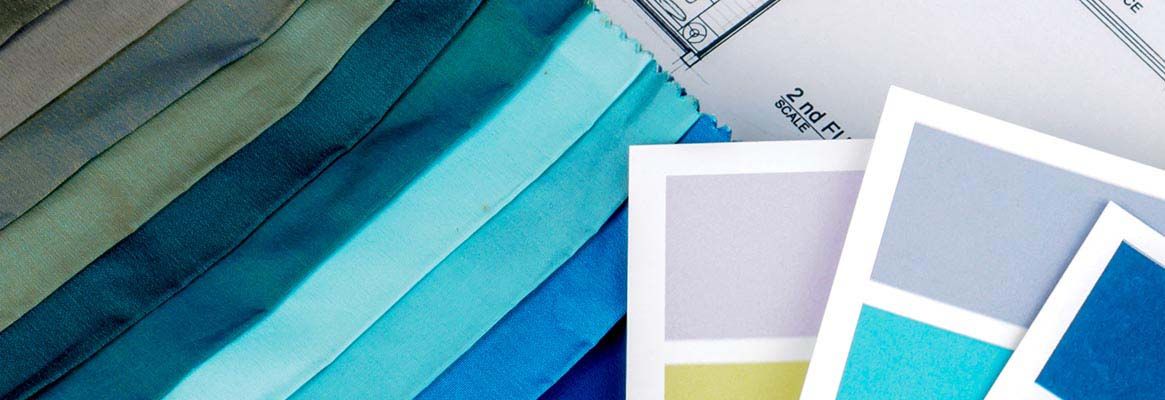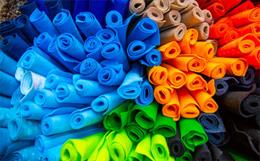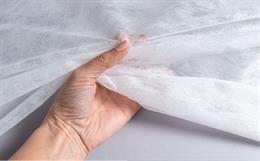Nonwovens are part of technical textiles which find applicationspredominantly in disposable and semi-durable sectors. The nonwoven industry becamean organized sector during the late 1960s and early 70s with the formation of theAssociation of the Nonwoven Fabrics Industry (INDA) in the USA and the European Disposables and Nonwovens Association (EDANA). According to Ian Butlerof INDA, worldwide growth of the nonwovens industry is estimated to be 7.9 % whichwill be worth over $ 30 billion by 2012. The per capita consumption in developedcountries is over 3 kilograms. However,the nonwoven industry in India is in its very early stage with the per capitaconsumption of less than 100 grams. The annual production in India is around 80,000 tons as compared to 900,000 tons in China. As the middle class population in India is growing, which is set to reach half a billion by 2030, there will be need forlifestyle improvement products that use nonwovens in many different ways. Theseinclude baby diapers, feminine hygiene products, medical care products,automotive textiles, etc. This lecture will highlight recent projects thatutilize nonwovens and nanofiber technologies for developing value-addedtextiles that have applications in military. In addition, the growth pattern ofIndian technical textiles industry will be discussed as the contribution of thegrowing Indian technical textile industry to the global technical textileindustry will be very important.
Growth Scenario of Indian Technical Textiles Industry
It is fairly well-accepted in the nonwovens and technicaltextiles industry that the consumption pattern of technical textiles/nonwovensis directly related to the GDP per capita income. The rise in the income levelswill lead to rise in the middle class population which in turn will lead to increasein the production and consumption of nonwoven and technical textiles. A recentstudy by Ramkumar and Arunachalam has shown that based on World Bank GDPstatistics, Indias technical textile industry will grow at 13.3 %. Thisestimate was carried out in mid 2008, when the growth rate of Indian GDP waspredicted to be around 9%. With the current global economic turmoil, the growthrate for India has slightly come down and it shall be between 7-8%. This rateis far higher than the expected growth rate in the United States and Europe. As the GDP in India will be growing around 7-8 %, nonwovens and technical textileindustry are set to grow at least to this level (around 8%). The target for theIndian textile industry is $150 billion by 2015, of which 10 % should be fromtechnical textiles sector. Government of India has realized the potential oftechnical textiles industry to the overall Indian textiles industry and hascreated supportive schemes such as:
- Technology Upgradation Fund, which now encompasses technical textile sector.
- Creation of four Centers of Excellence which will focus on agrotextiles, geotextiles, protective textiles and medical textiles.
- Creation of awareness in nonwovens and technical textiles by conducting workshops and seminars around the country.
- Establishment of a five year National Technological Mission on Technical Textiles.
These Government schemes can be efficient only with theparticipation of all stakeholders such as academia, research organizations,industry and Government. The next five years will witness momentum towards thegrowth of nonwovens and technical textiles sector in India.
What are Technical Textiles?
It should be clearly understood that not all technicaltextiles are nonwovens. Nonwovens technology is a manufacturing process of developingfabrics directly from fibers by skipping intermediary processes such as spinning,winding, weaving, etc. Whereas, technical textiles can be manufactured usingconventional manufacturing processes such as weaving, braiding, knitting aswell as nonwoven technologies. As of today, nonwovens have penetrated highlyinto disposable sectors where aesthetic aspects are not of primary importance. Thevalue addition to nonwovens and technical textiles come from the functionalproperties they provide such as bodily fluid absorbency in the case of diapers,fluid repulsion in the case of medical garments, softness and resiliency in thecase of high-loft upholstery products. Depending upon the type of end-userequirements and the economics, different available nonwoven and conventional technologiesare selected to develop particular technical textiles products. A good examplefor this is the use of spunlacing technology to develop lightweight disposablewipes.
Next Phase of the Nonwovens Industry
As briefed above, the nonwovens industry in its 30 years of organized existence has focused primarily on disposable and semi-durable sectors. The next phase of growth and development of this industry will be focused on three main aspects:
- Value-added products with enhanced functionality
- Apparels
- Sustainable products
These are the three products which the nonwoven industry, particularly in the industrialized world has to focus in order to have comparative advantage over the burgeoning industry of the developing economies. Due to the availability of finite oil based resources and the cost associated with them, the entire supply chain of the industry has to think innovatively to develop value-added products from sustainable materials. This is the immediate challenge for the nonwoven and technical textile industry.
Examples of Some Value-Added Nonwoven Products
It will be an onerous task to provide examples of new and improved nonwoven products from different laboratories around the world. Hence, the focus of this presentation is on some recent projects at Texas Tech University, which have utilized nonwoven and nanofiber technologies for the development of value-added products.
Military Decontamination Wipe
Most recently, the conventional needlepunching nonwoven technology has been utilized to develop a product that is of immediate need for the military. This non-particulate wipe technology has been found to be superior to the loose carbon particles for the adsorption of toxic vapors. These needlepunched composite wipes can be conveniently used as dry decontamination wipes to clean the wounded skin of a soldier as well as military equipment. Since these wipes should have both absorption and adsorption capabilities, bonding methods such as lamination may not be appropriate. It is particularly useful to report that mechanical bonding technologies are valuable in developing such military products. Depending upon the weight, the multilayered needlepunched fabrics can be used in the development of filters and chemical protective suit liners. These materials can be functionalized using biocidal materials to make them both biological and chemical protective materials. Figure 1 delineates the structure of the needlepunched fabric which finds a number of value-added applications.
Figure 1. Nonwoven Decontamination Wipe
Nanotextiles: Quo Vadis?
Although, nanotechnology has been considered as a revolutionary science for the 21st century, it is only the electronics industry that has fully reaped the benefits of nanotechnology. Nanotechnology has come into play in the textiles sector with the use of nanofibers in filters and different finish formulations using nanoproducts. The productivity of nanofiber production methods and the toxicity of nanoproducts are critical factors that are going to drive the growth and acceptability. NanospiderTM from Elmarco and NanoStaticsTM from NanoStatics Corporation are promising technologies that have overcome the productivity issue and are commercially available. The progress in the utilization of nanofibers in textiles depends on value additions other than the basic high surface area nanofibers normally provide. This can be achieved by modifying the production methods and providing functional finishes. Most recently, the electrospinning process has been modified to develop high efficiency filters. Mesh-in-mesh nanofiber filters have been developed at Texas Tech University which can provide higher filtration efficiency due to orderly arrangement of nanofibers which can efficiently trap particles. Figure 2 shows the honeycomb filters developed using refined electrospinning process.
Figure 2. Honeycomb Nanofiber Filter
Summary
Nonwovens and other value-added textiles belong to technical textiles which help with improvements in human lifestyle. These textiles find applications in medicine, infrastructure, automobiles and other high-end technologies. Multidisciplinary knowledge has to be brought into the textile field to create next generation value-added textiles that have functionality and superior end-use applications. In addition, these products should be cost effective and sustainable so that there is greater acceptance.
Acknowledgements
Seshadri Ramkumar gratefully acknowledges US Army, Research Development and Engineering Command, Food and Fibers Research Grant Program of Texas, The CH Foundation of Lubbock and The South Plains Foundation of Lubbock for their support with his nonwovens research at Texas Tech University.
References
- Ian Butler, Growth Prospects for the Nonwovens Industry Worldwide, INDA, INTC Conference, Sept 10, 2008.
- Seshadri Ramkumar and Appachi Arunachalam, India Rising: Opportunities in Nonwovens and Technical Textiles, Specialty Fabrics Review, June 2008, pp 62-64.
- US Department of Defense. (DoD). Chemical and Biological Defense Program, Annual Report to Congress, 2005, http://www.acq.osd.mil/cp/nbc05/ cbdpreporttocongress2005.pdf
- US Department of Defense. (DoD). Chemical and Biological Defense Program, Annual Report to Congress, 2006, http://www.acq.osd.mil/cp/nbc06/cbdpreporttocongress2006.pdf
About the Authors:
The authors are associated with Nonwovens and Advanced Materials Laboratory, The Institute of Environmental and Human Health, Texas Tech University, Lubbock, Texas USA








